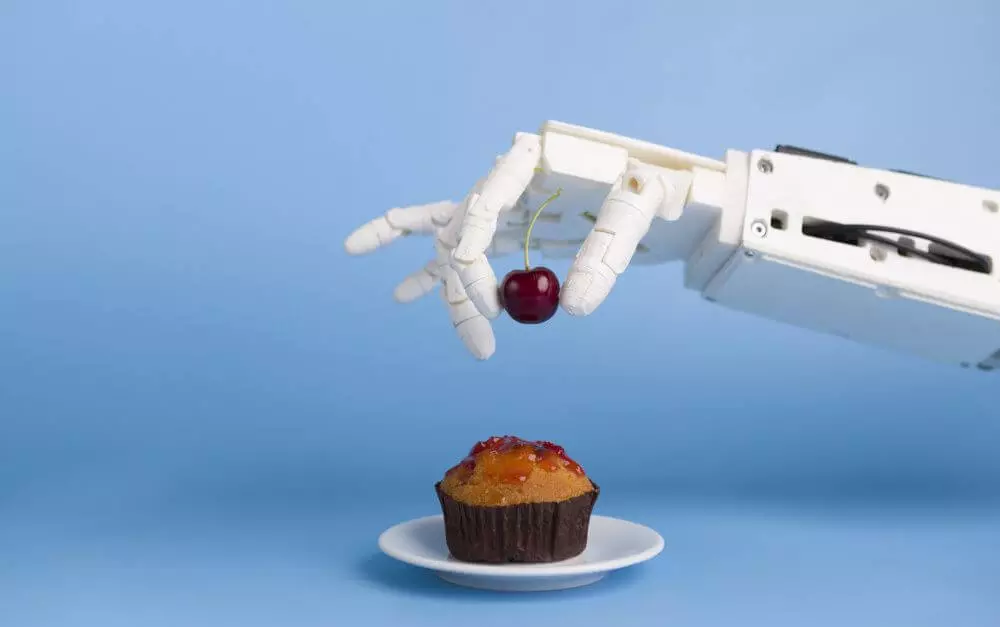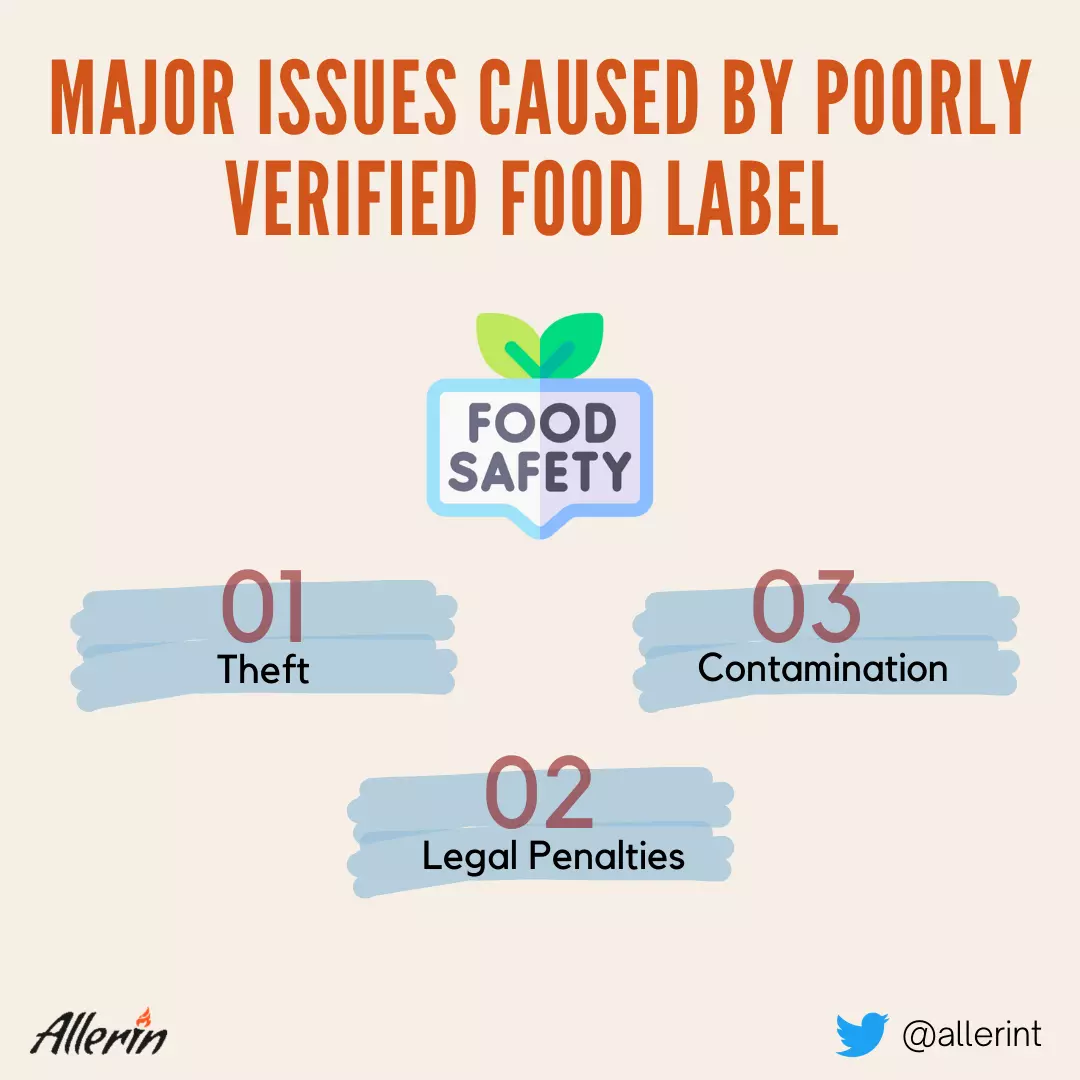Food storage and distribution for any purpose is a challenging and arduous task for the people tasked with handling it.
The labeling of food needs to be carried out properly to ensure its security and safety. Using AI for label verification of food is a useful option.
As we know, food packages for export, sales, or other purposes contain labels that display information regarding the type of food contained within those packages, the quantity, ingredients involved, nutritional information, and other details. Verification of such labels is necessary during food distribution or sales to track packages and, in the long run, prevent the perishable items within those packages from undergoing decay due to exposure to air or bacterial infestation. Generally, organizations tasked with the job use automated label verification systems to avoid the misplacement, theft or decay of food due to mismanagement. Label verification is usually under scrutiny as the product is of importance to several stakeholders along the process.
Mishandling of food can lead to contamination, spoilage, and emergency product withdrawal in the market, a serious dent in reputation, a loss of buyers, penalties, fines, and the morale of the staff. To prevent these, AI can be used. AI technology can be used for this purpose, as the technology already has promising applications in the food industry. The use of AI label verification tools is useful to avoid many of the situations mentioned above.
AI’s Involvement in Label Verification
AI-powered tools and applications can be used to perform a large number of label checks across thousands of packages in a matter of minutes. Such tools use cloud-based infrastructure and computer vision to capture images of food packages before analyzing their labels closely. In a non-AI world, label verification is a task that involves several people carrying out various small tasks. So, the presence of AI in this sphere reduces the personnel costs while not reducing operational productivity and fatigue associated with humans.
Generally, AI label verification is carried out using machine learning. Initially, a virtual database is created containing the label parameters that are acceptable for distribution, sales, or storage. While verifying labels, AI-powered systems check the label of food items and packages against the parameters related to the ingredients of the food, country of origin, best before date, product type and class, and advice regarding the presence of allergens in food items. In this way, an AI system can mark a food package as ‘failed’ if it fails to meet the requirements stored in the predefined parameters. For instance, if the system finds that a food item is past its expiry date or is mixed with other food packages—making contamination likely—it will recommend the authorities to carry out tests, or simply tag the product as contaminated or expired.
AI not only simplifies the label verification process but also makes it more foolproof in terms of output success. Having a human being or a team doing the label verification task would not be very efficient, especially when there are larger numbers of food packages involved.




Leave your comments
Post comment as a guest